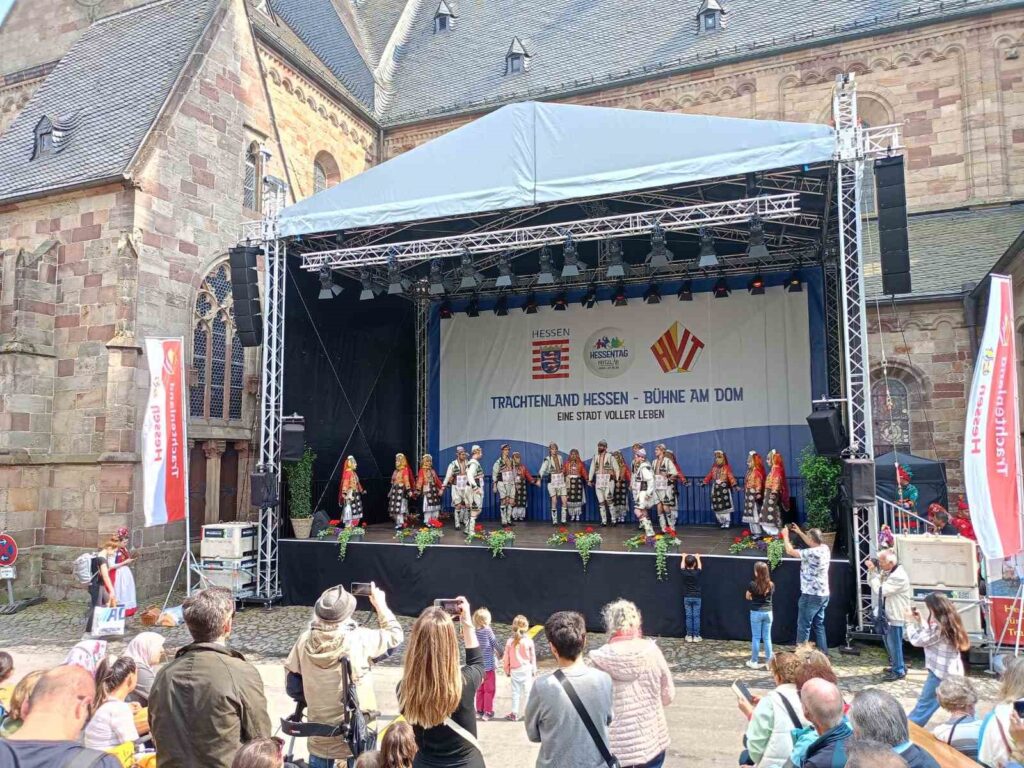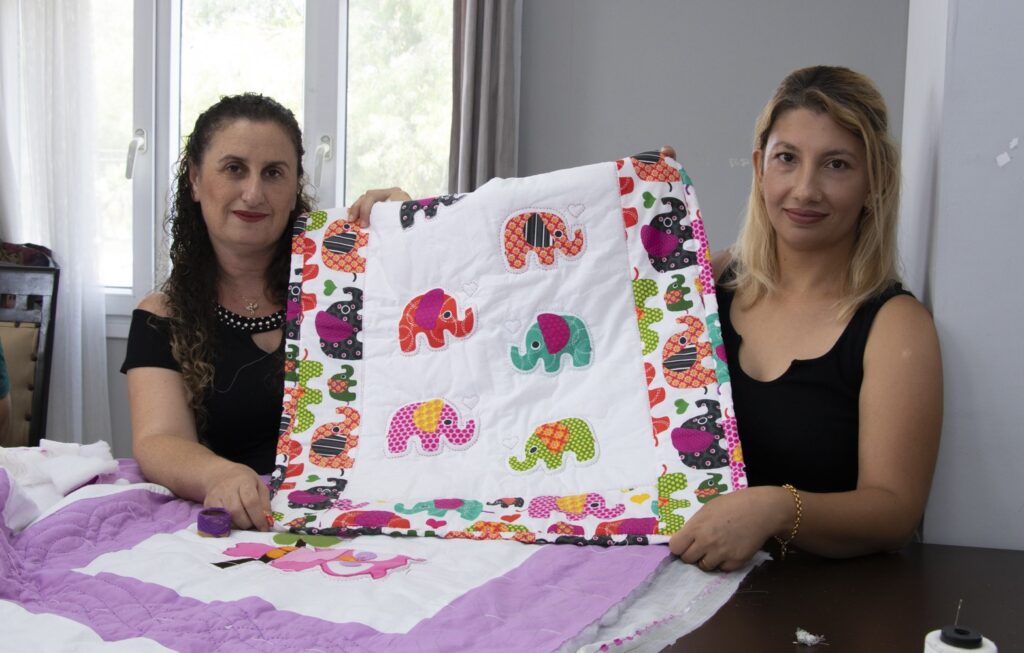The traditional Kalemişi art comes to life in Kütahya.
The traditional Kalemişi art is coming to life in Kütahya. The course opened by Sibel Temelkıran, who continues the Turkish folk art of ‘Kalemişi’ today, is attracting interest at the Kütahya Municipality’s Craft and Folk Arts Experience Center.

The traditional Kalemişi art is coming to life in Kütahya. The course opened by Sibel Temelkıran, who continues the Turkish folk art of ‘Kalemişi’ today, is attracting interest at the Kütahya Municipality’s Craft and Folk Arts Experience Center.
Temelkıran stated that the Kalem art, which interacts with calligraphy during the Ottoman period, is done on wood, plaster, marble, and stone, and is currently practiced by a few masters.
Sibel Temelkıran, who has been practicing the Kalemişi art for about 20 years, said, “Kalemişi is one of the Turkish arts that has come down from the Seljuks to the present day. Seljuks, Ottomans, and today it is used in civil and religious architecture. It is part of the interior decorations of mosques. At that time, it was also used inside palaces; we can see this art in large mosques in Topkapi Palace. It has survived to this day, and we are trying to sustain this art with the support of Kütahya Municipality. We have students, and we are striving to train them. Kalemişi is the art of decorating interiors in civil and religious architecture. It is actually a well-known art, but most people do not know its name. For years, I have been trying to explain the name of this art. It is a simple art, but its name is not fully known. When people hear ‘Kalemişi,’ they ask, ‘Is it done with a pencil?’ Actually, this art is based on the name of the brushes used. We sustain this tradition as ‘kalemkar.’ However, since it is not widely known, we are trying to teach it because it is one of our traditional arts, and it should not be forgotten. Just as our ancestors have brought this art to this time, we are carrying it to the future through our students. When asked where Kalemişi is made, it was initially done on plaster. It can also be done on plaster, wood, leather, and marble. I work on wood and have my students work on wood as well. We use acrylic paint as material and work on large chipboard panels. We prepare our traditional patterns and transfer these patterns to paper first, then to wood. We complete the work by painting with traditional colors. Our students love this art because everything is traditional, including the patterns and colors. We have a one-year study, but this does not end in one year; we continue to learn. Learning never ends,” she said.
“Art gives me peace and takes me away from the stress of daily life”
Dietitian Sümeyye Korkmaz, one of the course participants, stated, “We are following in Sibel Teacher’s footsteps here, and we want to continue the art in the way she teaches. I am here because I have an interest in art; I can say that art gives me peace and takes me away from the stress of daily life. We welcome those who love art and want to learn.”
“It reflects Turkish culture”
Assoc. Prof. Dr. Sibel Işık, another participant, said, “I didn’t come to know the Kalemişi art; I actually came for therapeutic purposes. However, as I got involved, I realized that I was getting lost in the patterns that I felt belonged to me every time I entered a mosque. With turquoise and coral colors reflecting Turkish motifs, I feel more connected to Turkish culture. Right now, we are doing various studies here with my students. Last week, Sibel Teacher hosted our students, and she organized an introductory and workshop session. We are doing our best to pass this art on to future generations.” It was stated that the Kalemişi Art course will continue for 8 months, once a week.







